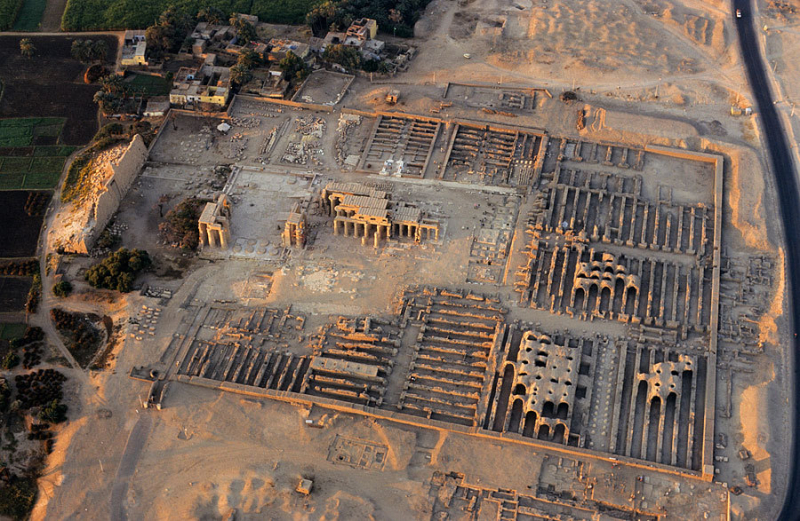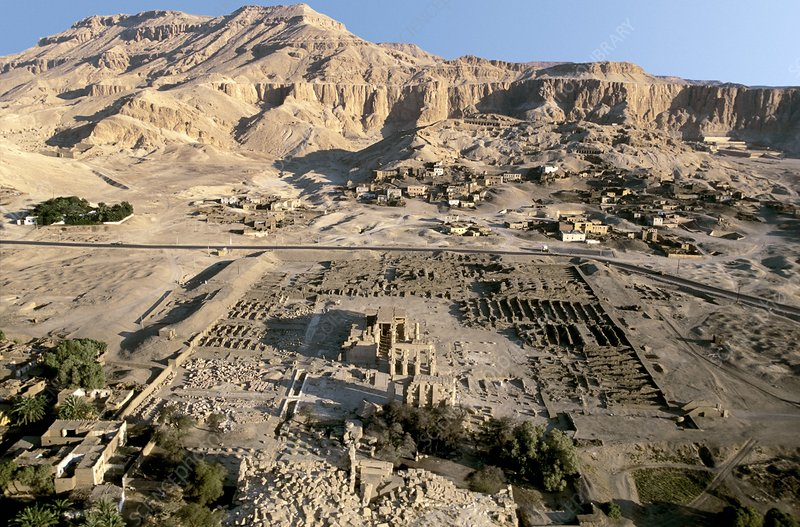He moves the capital city to Pi-Ramesses
Ramses II relocated his kingdom's capital from Thebes in the Nile valley to Pi-Ramesses in the eastern Delta. The reason for the change of capital was most likely because it was considerably closer to Egypt's Asian vassal nations and the hostile Hittite empire. Pi-Ramesses grew to be one of ancient Egypt's largest cities, flourishing for a century after Ramses II's death.
The new city of Pi-Ramesses (or Pi-Ramesses Aa-nakhtu, which means "Domain of Ramesses, Great in Victory") was dominated by massive temples and his magnificent residential palace, which included its zoo. Rabbi Saadia Gaon, a Bible exegete in the 10th century AD, concluded that the biblical site of Ramesses had to be connected with Ain Shams. Due to the amount of statuary and other material from Pi-Ramesses found there, the site was misidentified as Tanis for a time in the early twentieth century, but it is now recognized that the Ramesside remains at Tanis were brought there from elsewhere, and the real Pi-Ramesses lies about 30 km (18.6 mi) south, near modern Qantir. It was home to several massive temples as well as the king's opulent presidential palace. The huge feet of Ramses II's monument are all that is left of the site today. The remainder is buried beneath the fields.












